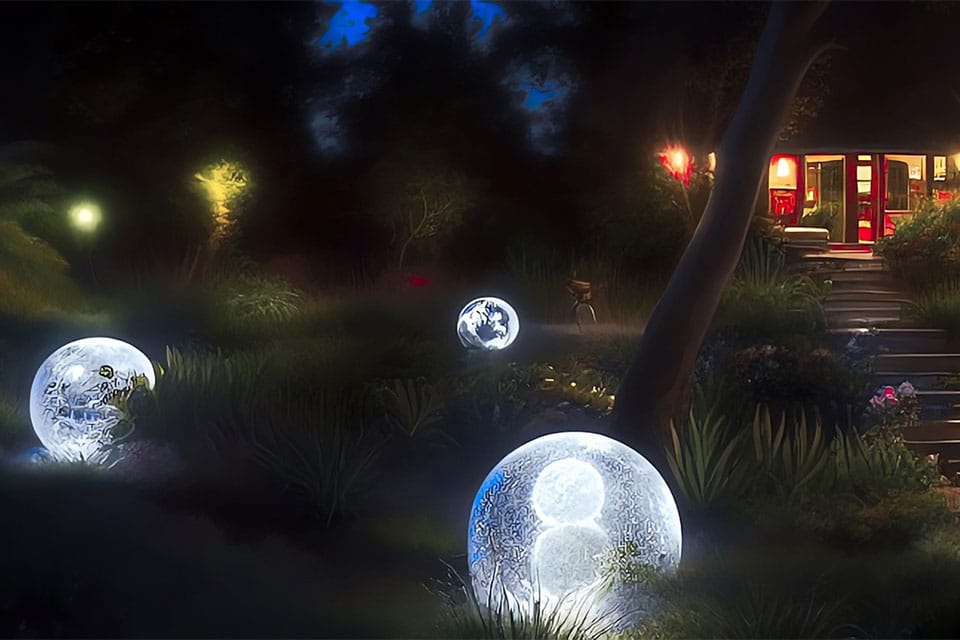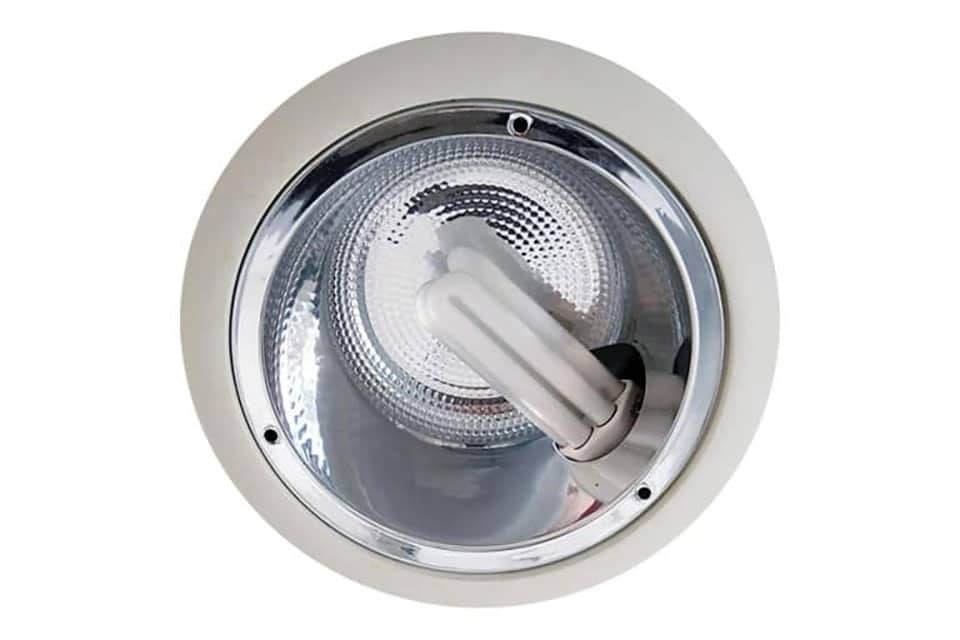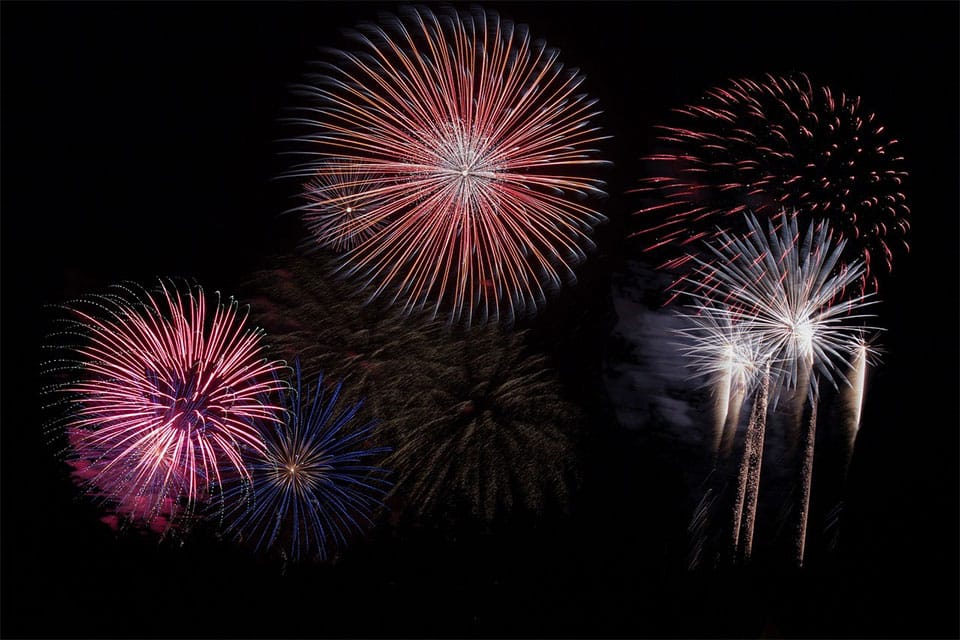Understanding the terminology and symbols on an LED lightbulbs packaging can be a minefield unless you understand what it all means. Gone are the days that you could just pick up a regular 60 watt incandescent lightbulb and you were certain that it would match your existing traditional lightbulb. Let us shed some light on what it all means and make light work of identifying the lightbulb you need.
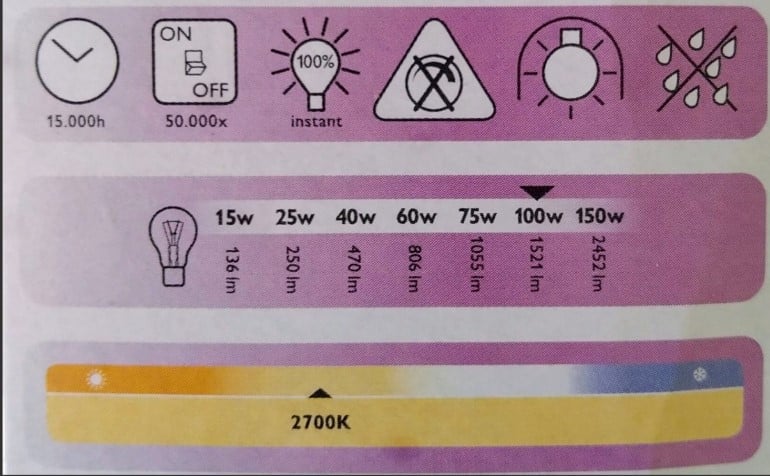
Above is an example of what you may find on the back of the packaging containing a lightbulb, but what do all the symbols mean? Let us break it all down for you, step by step.
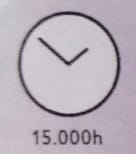
The above symbol and text show us the lifetime of the lightbulb. LED lightbulbs are typically quoted to L70 lifetimes. L70 indicates how much of the of the initial light/lumen output the product is expected to emit at the stated hours. For instance, if the L70 lifetime hours are stated at 25,000 hours, the light source will emit 70 percent of the initial light output upon reaching this time.

The above symbol indicates the number of times a bulb can be switched on and off before it is expected to fail. The room in which a lightbulb is used impacts the switching cycles.

LED provides instant light at the flick of a switch. Some lighting technologies such as compact fluorescent have warm up times and does not provide its full level of light as soon as it is switched on. This makes LED a much better option, especially in environments where a light is turned on and off in quick succession or where instant light is an important safety aspect, for instant in residential care homes, for the elderly or vulnerable.


Not all LED lightbulbs are fully dimmable like their Incandescent and Halogen counterparts. LED lightbulb packaging will state if the product is dimmable or not. If the symbol shows a cross through the image of the dimmer it is non dimmable. You can use a dimmable lightbulb in a non-dimmable fitting, but you cannot use a non-dimmable lightbulb in a dimmable fitting even if you are not using the dimming function.


These symbols informs you that this lightbulb must only be used in an open fitting and is not suitable for use in a fully enclosed fitting. Using this lightbulb in an enclosed fixture may cause it to overheat. This may also be depicted with an image of an enclosed lightbulb with a cross through it.

This lightbulb is not suitable for use in external outdoor fittings. If you are planning to use a lightbulb in an external fitting, please double check with your supplier or the lightbulb manufacturer to ensure the product is suitable for use in this type of application.

The light output provided by an LED lightbulb is denoted by the lumen output rather that the wattage the lightbulb consumes. This symbol shows that the lightbulb provides an output of 1521 lumen which is the equivalent to a 100watt incandescent lightbulb. For more information on lumens read our LED lumens guide. www.thelightbulb.co.uk/?s=lumen&post_type=post

If you need any further assistance on understanding the terminology and symbols on your lightbulb or its packaging or require assistance identifying the lightbulb you require, contact one of our helpful team at [email protected]
One of the many benefits of LED lightbulbs is the fact you can choose the shade of white you desire. Traditional Incandescent lightbulbs were only available in colour 2700k (kelvin), which produced the warm light we are all familiar with. LED provides the choice of warm, cool and daylight options. The above image shows us that the lightbulb mimics the colour produced by a regular lightbulb. Whilst the choice of colour is a useful feature, it is also one of the most common issues customers can face when ordering, as often the incorrect colour is ordered in error. To understand colour temperature and Kelvin ratings in further details check out our colour temperature guide.





























































































